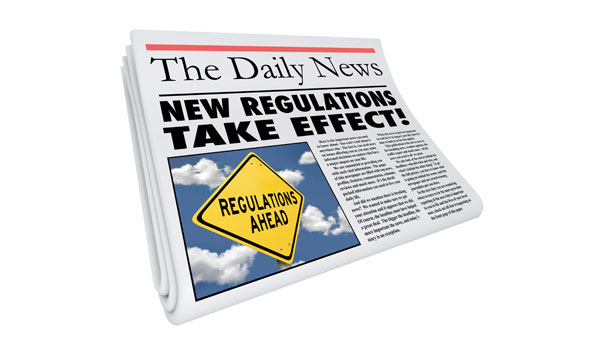As a thought leader, you may be great at telling stories through a presentation deck,…
Four Silent Killers of Consulting Engagements

Bad Air
In the twentieth century, rescue teams would descend into mineshafts carrying a canary in a small wooden cage. If the canary showed any sign of distress, it signaled an invisible threat—such as a carbon monoxide or a natural gas pocket. The rescue team would quickly retreat back to the surface.
Many consulting projects serve as canaries in the organizational coal mine. When the business climate is growing and the profits are steady, the global organizations can support a whole menagerie of consulting initiatives.
But when the business climate gets tough, the air around the consulting engagement often quickly turns stale and sour. The first clues can come through a sharply-worded email from the client or an unexpected phone call. Good consultants sense this change, and they instinctively press forward, pouring more effort into deliverables and the client experience. Soon, with a last gasp, the sales opportunity or the consulting project dies.
Four Poisons
Sometimes consulting opportunities and engagements end because the consultants make missteps. However, projects often become delayed (or even cancelled) when clients shift their priorities. These shifts are generally beyond the consultant’s control and, for better or worse, represent the natural flow of business. Here are four examples:

Leadership Change
In a large organization, it takes an engaged leader to implement a new vision. When an initiative’s executive sponsor changes, the new leader has an opportunity to reevaluate the initiative. In a smooth transition within a mature organization, the new leader may choose to continue forward. However, it’s very common for consulting projects to stagnate.

Customer Changes
When revenue forecasts begin a steep or unexpected decline, leaders may spring to action even before the news goes public. Sometimes the organization is forced to respond due to a rapid shift in customer tastes and preferences. Sometimes, competitors have released a better product.
In past decades, large organizations had the luxury of time. It could take years for market-share to erode; there was plenty of time for a thoughtful response. In today’s consumer-driven world, customers can disappear overnight or within a quarter. When these events occur, cash that was allocated to consulting engagements may be swiftly reassigned to protect the core business.

Economic Factors
Starting in late 2007, financial services companies quietly began scaling back their consulting contracts. For several months, consultants witnessed but could not understand these decisions, until mid-2008 when the global recession began to appear in the news. Whenever the economy weakens, companies make moves to conserve cash. Long before a company considers layoffs of permanent employees, they will first cut back on consulting initiatives—even the successful ones.

Regulatory Factors
Many industries are, in part or whole, regulated. Normally, governmental rules remain fixed. But when a major news event erupts, arcane regulatory areas can suddenly take center stage in a media feeding frenzy. Regulatory clarity turns into uncertainty. Whether it’s a U.S. Senate subpoena or a 60 Minutes expose, leaders shift their focus towards managing the company through uncertain times.
Stay Alert at All Times
Whenever a consulting project suddenly shows signs of distress—whether on the sales side or the operations side—it’s tempting to put your head down and push forward into the darkness. However, if you’re encountering unseen changes within a client’s world, then relentless persistence of unachievable objectives can suffocate your consultancy’s cash flow and jeopardize its survival.
Treat each project like a canary, and watch for changes in the engagement. Remember, it’s your role as a leader to guide your team back to safety.




